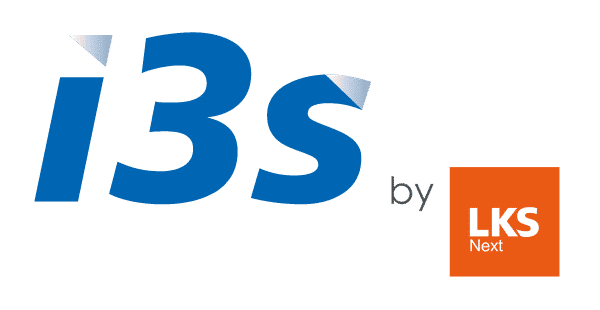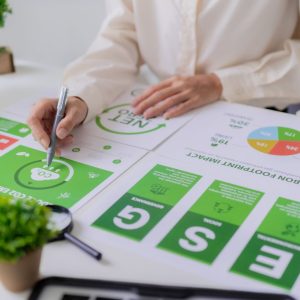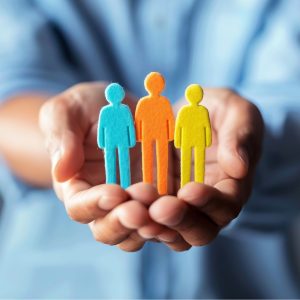Nuria Fernández
The concept of sustainable development has become an essential roadmap for companies in all sectors worldwide. In the EU, these two words also underpin the strategy for the future, for growth, development and well-being, for all member states. Today, most organizations are committed to the SDGs as the foundation on which to build a new way of doing things: from their business activity to talent management or the articulation of CSR policies.
The importance of the SDGs as an international commitment
Talking about sustainable development is not an option, but a necessity that sets the course for the only possible development.
This was the understanding of the 193 member countries of the United Nations when they adopted the 2030 Agenda in 2015. when they adopted the 2030 Agenda in 2015.the world’s international commitment to address the most pressing global challenges: climate change, natural resource scarcity, social inequalities and the need for sustainable economic transformation.: climate change, natural resource scarcity, social inequalities and the need for sustainable economic transformation.
As we pointed out, this commitment has deeply permeated the European Union’s policies. It has materialized, in fact, in global and comprehensive strategies such as the European Green Pact and an increasingly robust regulatory framework that takes on board the different national jurisprudences.
However, although the SDGs require the involvement of public entities and society as drivers of change, they have placed a special focus on the relevant role of companies as decisive agents. They play a key role in promoting sustainable development models. sustainable development through good corporate practices.
In this context, the Human Resources function takes on strategic relevance, acting as a catalyst for an organizational culture aligned with ESG (environmental, social and governance) criteria, the circular economy and the responsible management of people and resources.
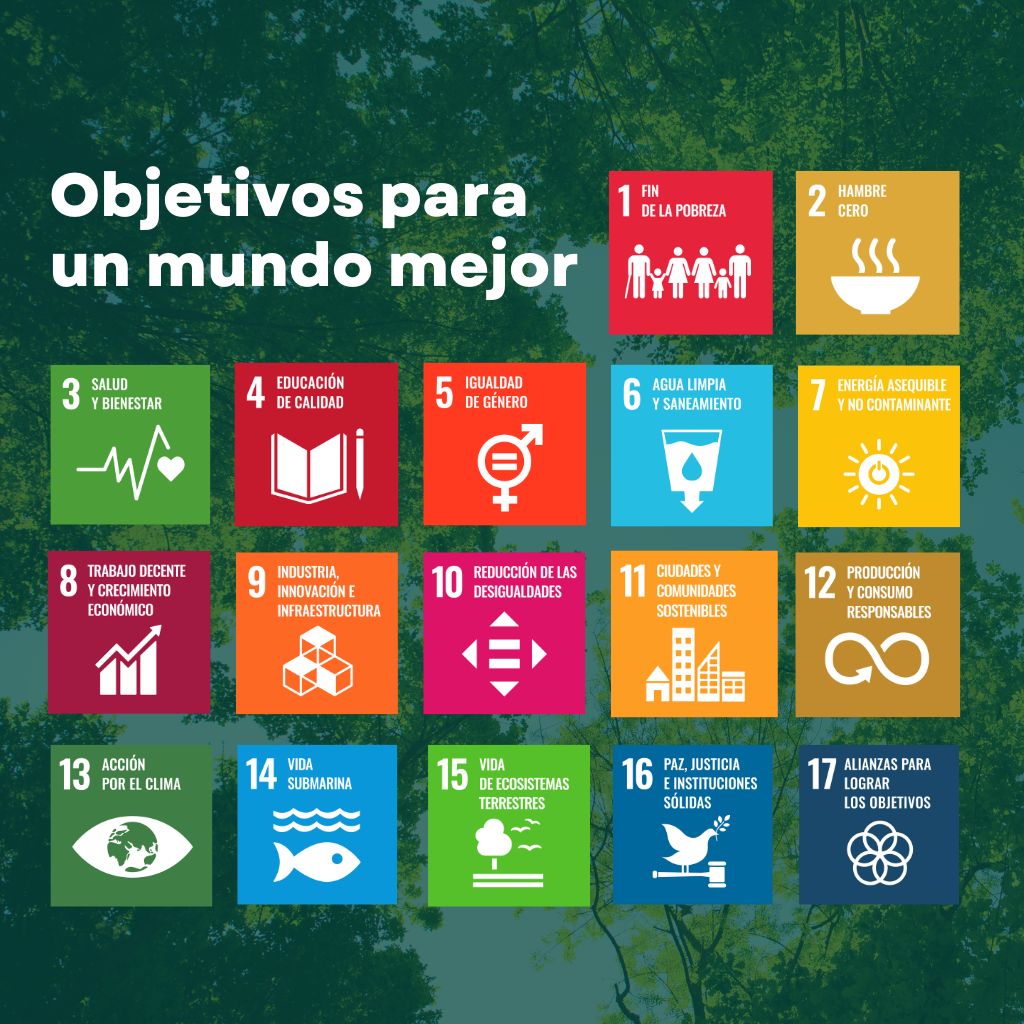
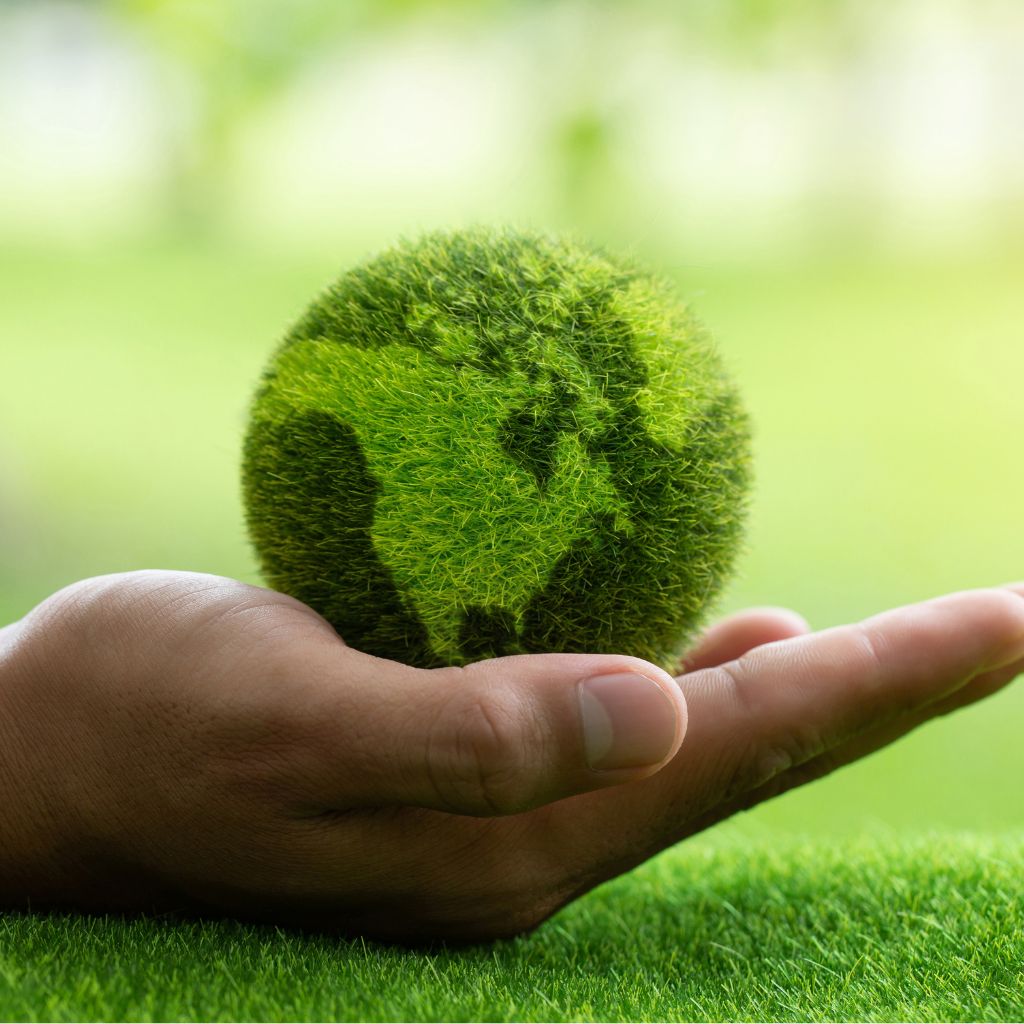
What is sustainable development?
The sustainable development means meeting the needs of the present without compromising the ability of future generations to meet their own needs. As stated by the UN, it is about ensuring the survival of our societies and the planet through a model of progress that balances economic growth, social inclusion and environmental protection.
Among the fundamental principles of sustainable sustainable development include the balance between economic growth, social inclusion and environmental protection, which translates into moving towards business practices that minimize environmental impact, such as reducing food waste or the efficient use of natural resources, while promoting decent employment, diversity and equity within organizations.
And an intergenerational approach: business decisions, including those related to talent management, must consider the long-term impact on people, the environment and the sustainability of the business.
One of the major concepts linked to sustainable development is that of the circular economy. circular economyThe “a model of production and consumption that involves sharing, renting, reusing, repairing, renewing and recycling existing materials and products as often as possible to create added value”. In this way, the life cycle of products is extended, which means reducing waste to a minimum.
This model attempts to to replace the traditional linear economic model, based on the “use and throw away” concept, which requires large quantities of cheap raw materials and energybased on the “use and throw away” concept, which requires large quantities of cheap raw materials and energy and generates a large amount of waste whose management and environmental impact is difficult to assume.
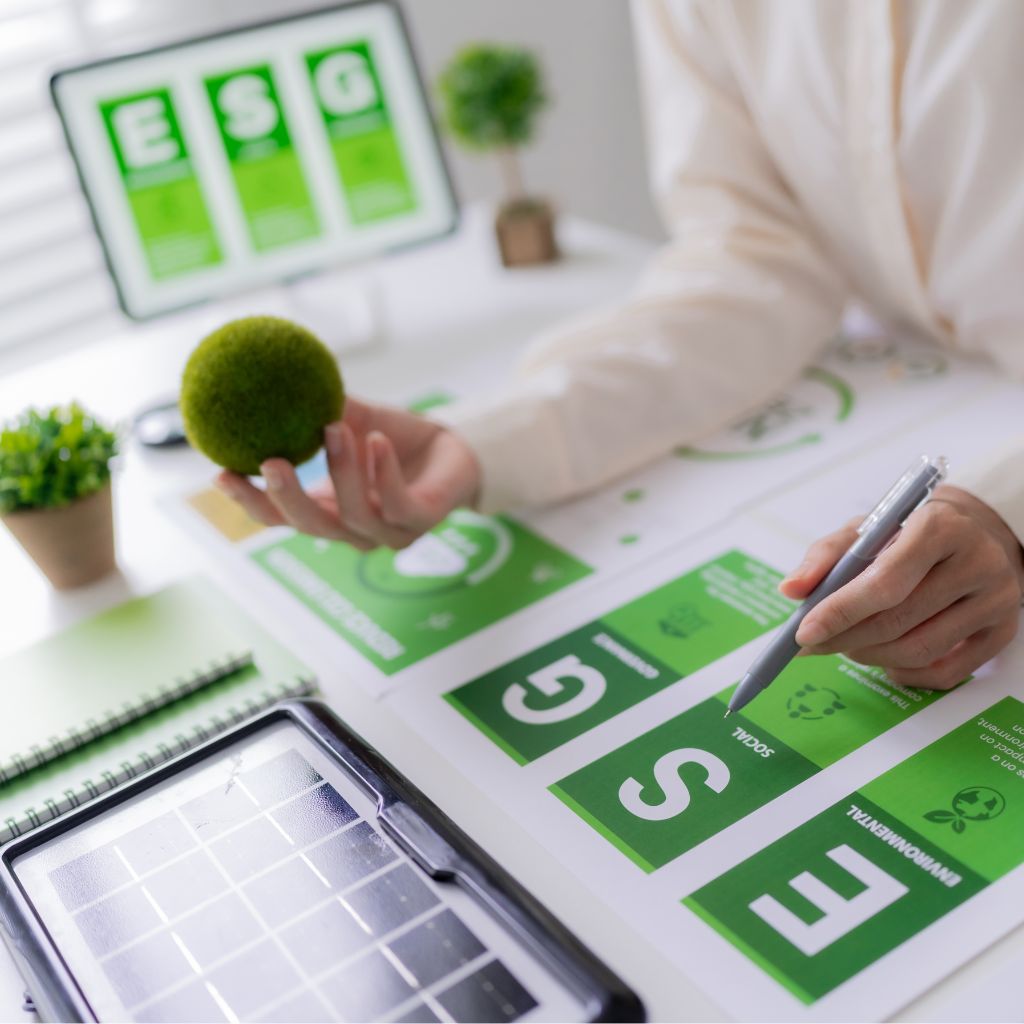
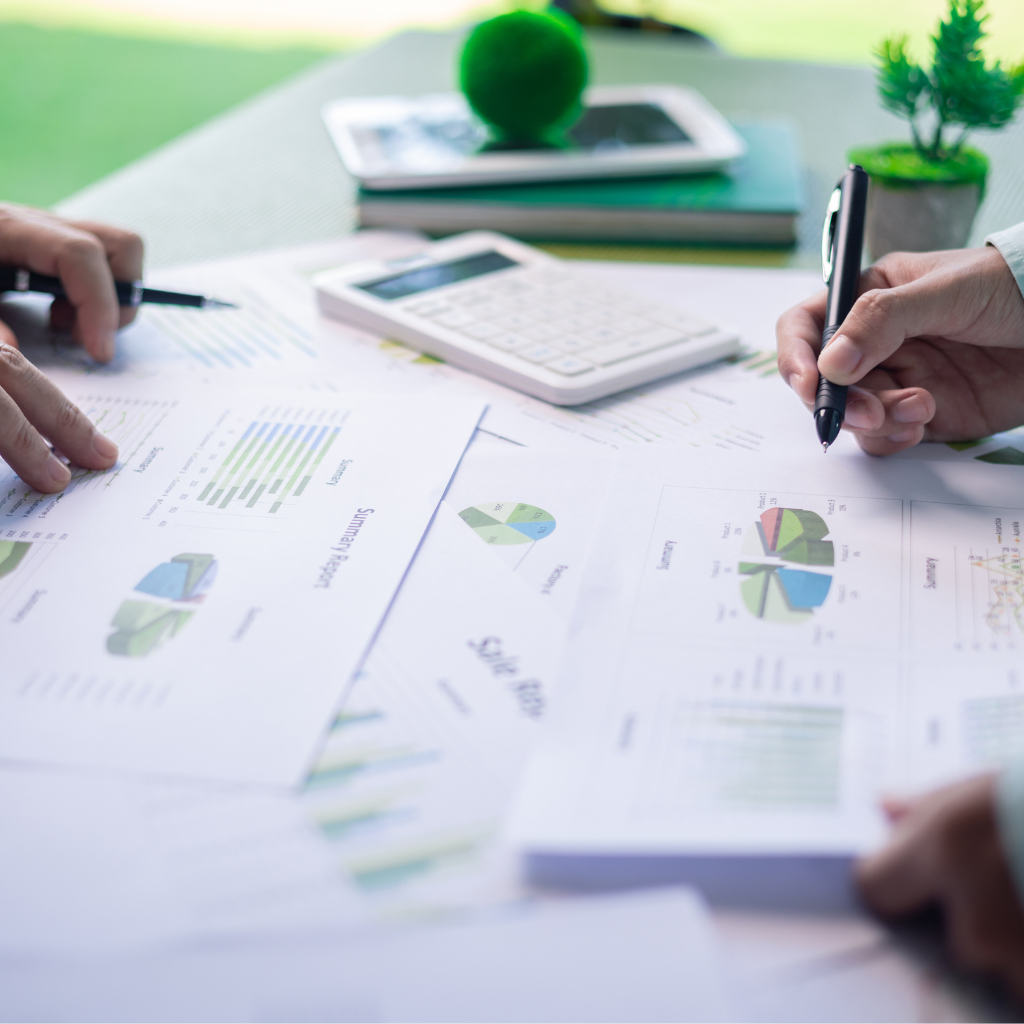
The 17 SDGs for sustainable development
The 2030 Agenda is made up of 17 Sustainable Development Goals These goals are promoted by the UN and serve as a guide to advance towards a fairer, more balanced and environmentally friendly global model. These goals range from the eradication of poverty and hunger to access to quality education, gender equality, sustainable energy and decent work.
This is the list of 17 key Sustainable Development Goals for our future:
- Goal 1: End poverty in all its forms everywhere.
- Goal 2: End hunger and ensure food security.
- Goal 3: Ensure healthy lives and promote wellness for all at all ages.
- Goal 4: Ensure inclusive, equitable and quality education and promote lifelong learning opportunities for all.
- Goal 5: Ensure availability and sustainable management of water and sanitation for all.
- Goal 6: Ensure availability and sustainable management of water and sanitation for all.
- Goal 7: Ensure access to affordable, secure, sustainable and modern energy.
- Goal 8: Promote inclusive and sustainable economic growth, employment and decent work for all.
- Goal 9: Build resilient infrastructure, promote sustainable industrialization and foster innovation.
- Goal 10: Reduce inequality within and among countries.
- Goal 11: Make cities more inclusive, safe, resilient and sustainable.
- Objective 12: Ensure sustainable consumption and production patterns.
- Objective 13: Adopt urgent measures to combat climate change and its effects.
- Goal 14: Conserve and sustainably use the oceans, seas and marine resources.
- Goal 15: Sustainably manage forests, combat desertification, halt and reverse land degradation, halt biodiversity loss.
- Goal 16: Promote just, peaceful and inclusive societies.
- Goal 17: Revitalize the Global Partnership for Sustainable Development.
These objectives are not only governmental commitments: they also involve companies, which must integrate sustainability principles into their operations and internal culture.
How can an SME implement the SDGs?
Companies can activate key levers to integrate the SDGs into their daily activities and corporate culture:
- Identifying which SDGs are most aligned with the business activity and establishing a corporate purpose that incorporates sustainability as a transversal axis of the business strategy.
- Reviewing processes and operations with ESG criteria, to implement improvements in energy efficiency, food waste reduction, responsible water use, sustainable supplier selection and ethical waste management, for example, which improves operational competitiveness.
- Promoting an organizational culture oriented towards sustainability. Human Resources can promote sustainable values through talent management policies:
- Responsible labor policies to promote equal opportunities, reconciliation, quality employment, etc.
- Sustainability training to raise staff awareness of sustainable development practices. sustainable development in the value chain of their daily activities.
- Innovation in social benefits including health and wellness programs or corporate volunteering initiatives aligned with the SDGs.
- Alignment of purpose, fostering an organizational culture where each professional understands his or her role as an agent of sustainable change.
Although the environmental and social benefits of sustainable sustainable development are evident, its positive impact on business sustainability is equally relevant. For SMEs, it can, in fact, be a lever for change towards competitiveness.
Benefits of sustainable development for SMEs
The sustainable development is not a trend, but an imperative. For SMEs, it opens up a clear opportunity: to drive a transformation from within, connecting purpose, talent, innovation and sustainability in favor not only of society and the environment, but of the opportunity to be more competitive and sustainable.
Some of the advantages of sustainable development sustainable development criteria in companies are:
- Cost reduction through more efficient management of resources.
- Attracting and retaining talent, especially among the new generations, who are highly sensitive to ESG values.
- Improving brand positioning and corporate reputation.
- Regulatory compliance and early adaptation to increasingly stringent regulatory requirements.
According to data from the 2023 report on the business contribution to the 2030 Agenda, large companies already recognize the strategic value of integrating the SDGs.
Want to know how to integrate the SDGs into your people strategy? Request information and find out how build a sustainable value proposition that improves the motivation and engagement of your workforce.
Marketing and Communication i3s
